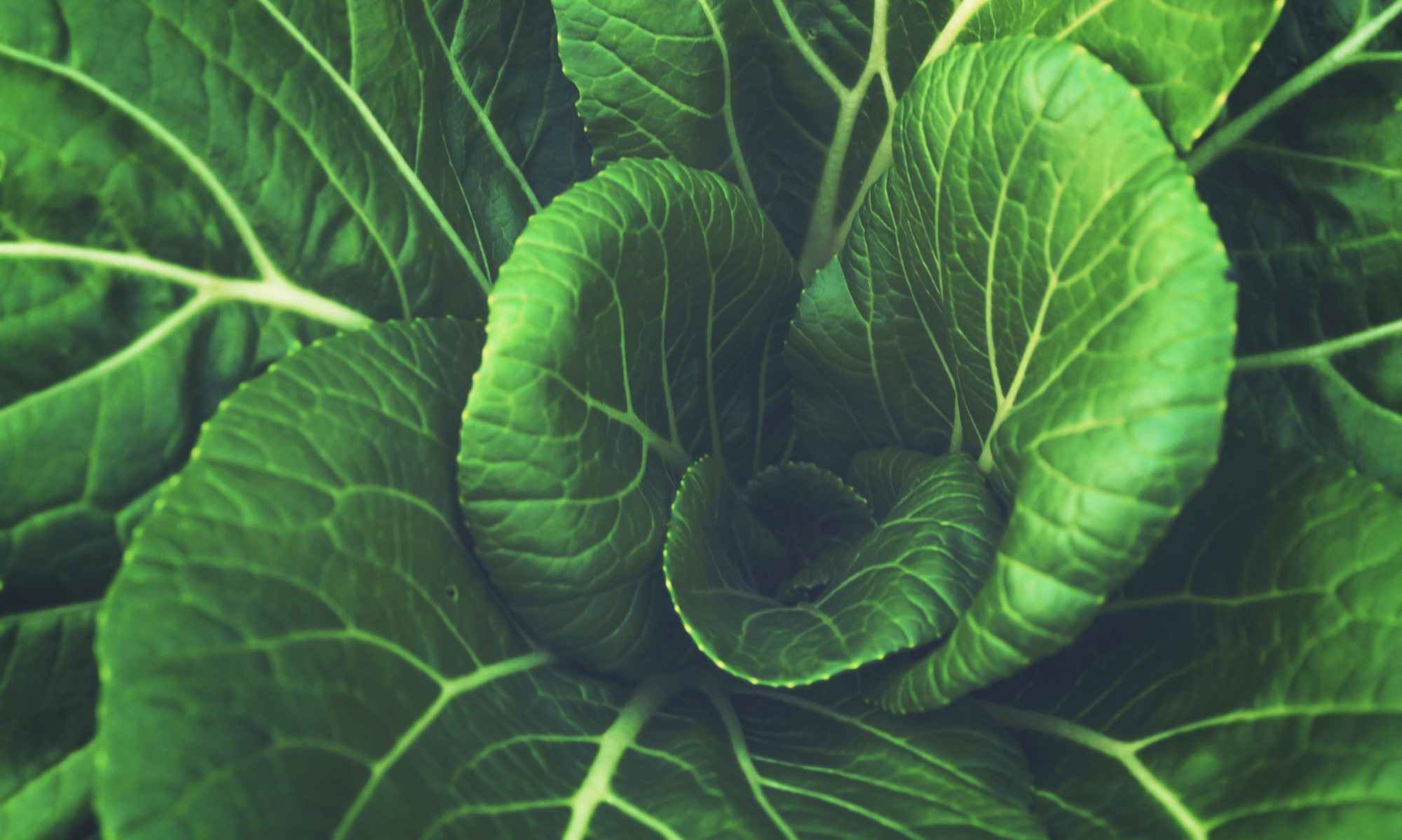What are Macromolecules?
Macromolecules got their name due to the fact that they are the most abundant molecules in food. It doesn’t matter if you are eating a bagel, a steak, or a cookie; macromolecules make up the majority of your food. This also applies to the food of every organism on Earth. Without macromolecules, life could not exist on this planet. So, what are the types of macromolecules? There are four main classifications: proteins, carbohydrates, fats, and nucleic acids. Each of these types of compounds play a key role in the function of organisms.
The Macromolecules
Before we discuss the role of each macromolecule, it is important to know that each category of these compounds is made from smaller building blocks. Each of these building blocks can be arranged in different orders to make very different structures, much like arranging letters to make different words.
The Nucleic Acids
Nucleic Acids are what make up our DNA. This is what the “NA” in DNA stands for. The most basic building block of nucleic acids are nucleosides. These molecules are made up of a deoxyribose sugar attached to a nitrogenous base (A,T,C,G) which serve as the letters of our DNA. When a phosphate is added to the sugar as well, it forms what is called a nucleotide. In our cells, these nucleotides are floating around with three phosphates attached to them, known as nucleotide triphosphates, or NTPs.
The most well known example of these NTPs is the molecule ATP, which holds the majority of energy reserves in our cells. Nucleic acids are essential for DNA replication during the process of cell division. Without them, there would be no way to store genetic information. Luckily, since animals eat other organisms to survive, they can simply break down the DNA of their prey and use it as needed. On top of that, all life forms have evolved to be able to make their own NTPs from simpler molecules.
The Carbohydrates
Carbohydrates are probably one of the most well known macromolecules. It seems that there are always debates about the effects of carbohydrates on health. I will provide insight into the carbohydrate debate in a future post, but let’s get the basics down first.
Carbs are essentially a form of raw energy. By breaking down simple sugars, organisms are able to generate vast amounts of energy very quickly. Since ATP cannot be stored in large amounts, sugars provide a good storage system for quick access energy. Many carbohydrates are also modified so that they act as a “key” on the surface of cells, allowing them to take in and export essential molecules within the body.
There are three building blocks of carbohydrates: glucose, fructose, and galactose. Each of these building blocks contain similar amounts of energy but require different processing within organisms. Combining these simple sugars in different ways produces unique compounds.



Wowee